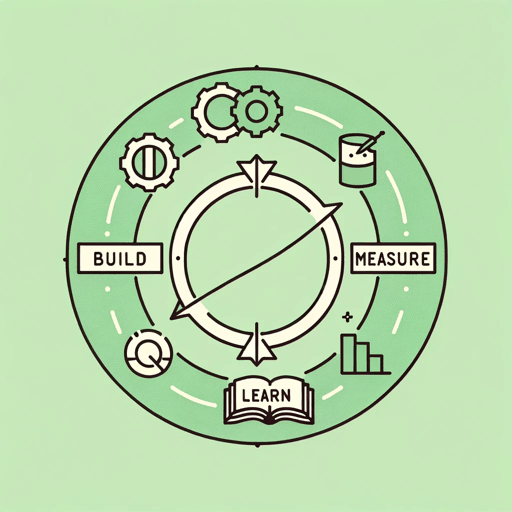57 pages • 1 hour read
Eric RiesThe Lean Startup: How Today's Entrepreneurs Use Continuous Innovation to Create Radically Successful Businesses
Nonfiction | Book | Adult | Published in 2011A modern alternative to SparkNotes and CliffsNotes, SuperSummary offers high-quality Study Guides with detailed chapter summaries and analysis of major themes, characters, and more.
Part 2Chapter Summaries & Analyses
Part 2: “Steer”
Part 2, Introduction Summary
Ries transitions from Part 1 to Part 2 by describing how the initial ideas of a startup’s strategy and product materialize into the quantitative and qualitative experiments that direct the company. Feedback from customers—what they like and don’t like, how many people use it and find it valuable—provides the direction for the startup. The products are experiments that provide necessary guidance on the startup’s strategy. This feedback is much more important than numbers on revenue and profit, press releases, or industry awards.
Part 2 examines how the Build-Measure-Feedback loop can be harnessed to steer the startup towards sustainable growth. Ries argues that startups need to focus more energy on minimizing the total time through the Build-Measure-Learn feedback loop, and less on data and metrics. The introduction to Part 2 promises to walk the reader through each of the components of the feedback loop with precise examples and best practices. The scientific method tests the leap-of-faith assumptions about a product or service through quantitative and qualitative experiments that gather data on customer behavior. Then, value and growth hypotheses measure the startup’s engine of sustainable growth. Each time a startup makes a change based on the experiments’ results, the 







